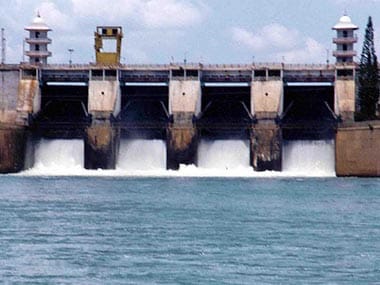- Civic Action. Throughout the troubled decades, Kashmiri women have challenged the label of ‘victims’ and played a robust role in civil society, even though they are not often seen in leadership positions. As service providers, women run orphanages, self-help groups, and crisis hotlines. As rights activists, women call for state accountability, disarmament, and report as journalists. As volunteers in various capacities, women work on disease and trauma. As advocates of self-determination, women actively participate in political protests.
Kashmiri women have a long history of joining protests, often in contravention of traditional South Asian gender roles. When disenchantment with the electoral system led to mass public protests in the Kashmir Valley in 1990, at the onset of militancy, daily newspapers reported the extensive and spirited participation of women. In the recent protests in 2008, 2009, and 2010, women have again taken to the streets in large numbers, walking alongside the men, raising pro-Kashmiri independence slogans, in defiance of the security forces that surround them.
Many women employ their dress as an expression of resistance. On the one hand, increased covering, such as the burqua, historically not part of Kashmiri dress, is attributed to the increased insecurity due to militarization (also reported as the reason for suspension of girls’ education, the increasing literacy gap between girls and boys, and the decreasing average age of marriage in rural areas). On the other hand, the increased wearing of the hijab, also historically not Kashmiri dress, is related to women’s self-expression of a unique, proud, and politically aware Kashmiri Muslim female identity.
However, it must be noted that sustained women-centric and women-led activism, unaffiliated with political parties, is thus far largely missing. There are limited resources and high rates of burnout (often times due to competing demands of family, especially immediately after marriage and/or children, as a result of cultural patriarchic setups where childcare and housekeeping are seen as the predominant responsibility of women). Many local women express an interest in women’s organizations that provide a site for leadership development, strengthening of women’s voices, and deepening of gender sensitivity across society. However, those interested cite the lack of no-political-stringsattached resources as the foremost impediment to such organizing.





No comments:
Write comments